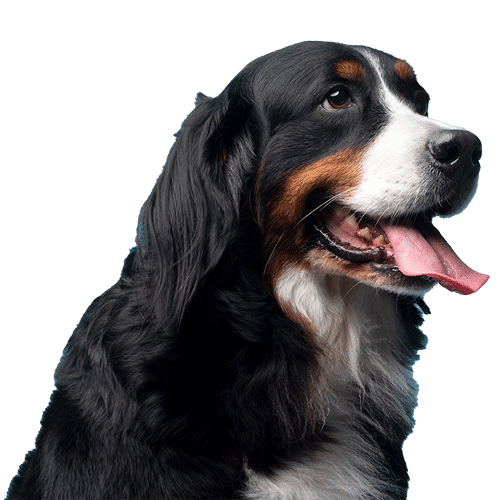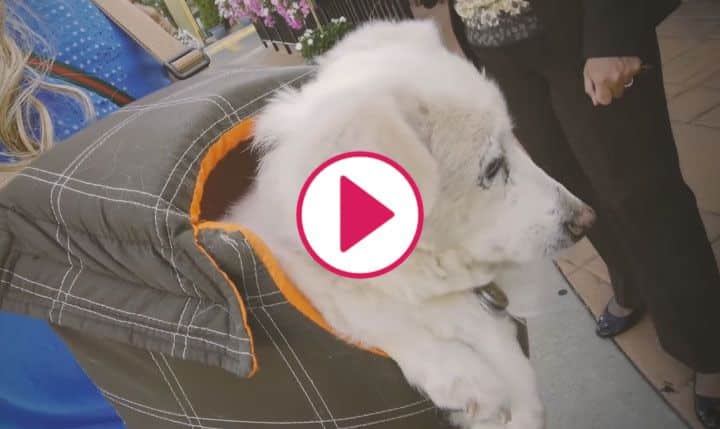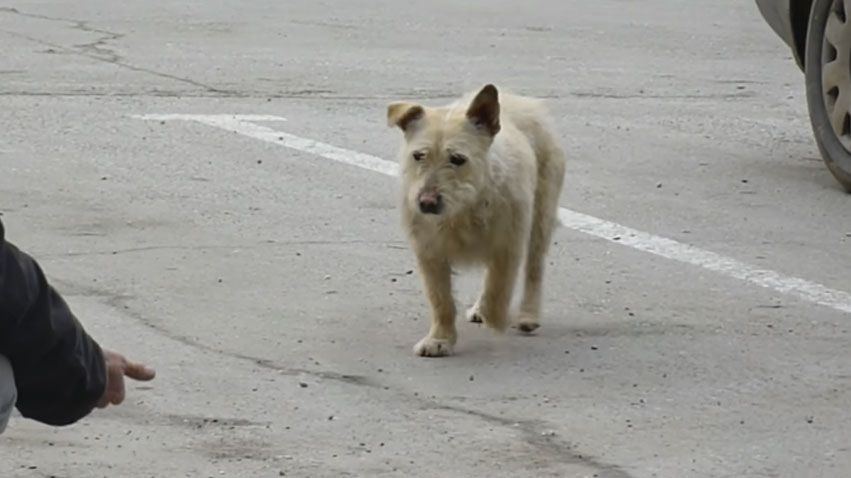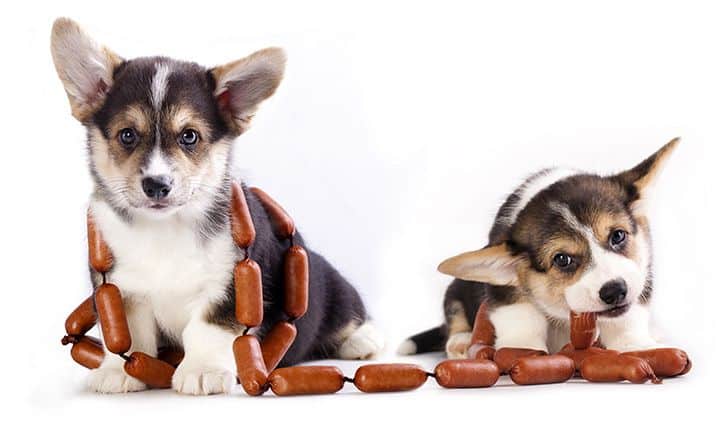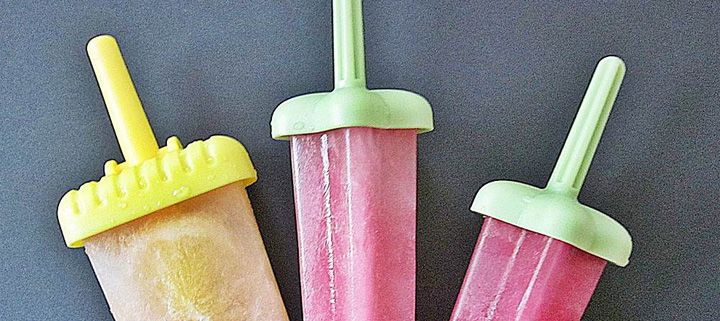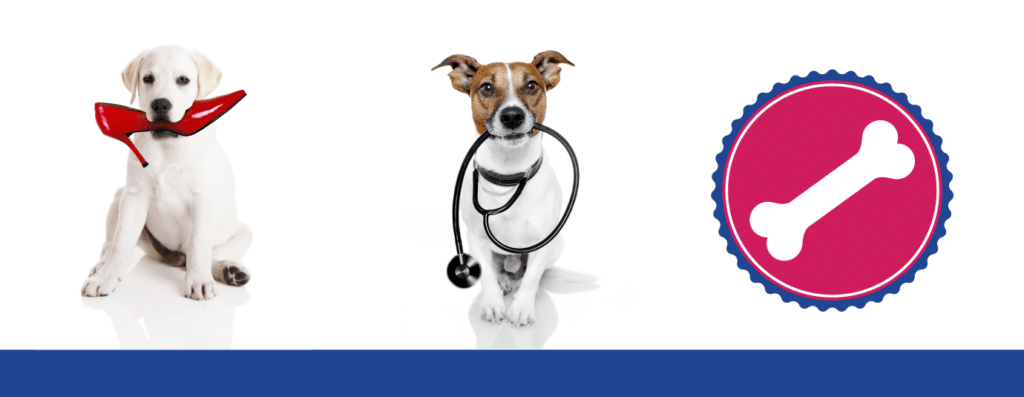Rescue Dog Gets New Home
Splash and Dash for Dogs loves to see stories of survival. There are thousands of stray cats and dogs in America and most of them are severely neglected. Nonprofits like the Humane Society of the United States and American Society […]
Rescue Dog Gets New Home Read Post
